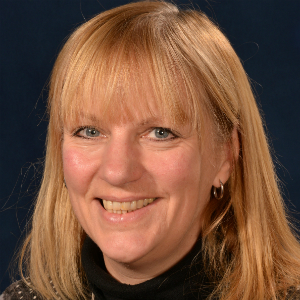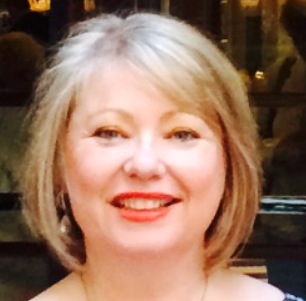 The benefits of breastfeeding are clear. As well as health benefits to mother and baby, increased breastfeeding rates contribute to reducing health inequalities through improved outcomes.
The benefits of breastfeeding are clear. As well as health benefits to mother and baby, increased breastfeeding rates contribute to reducing health inequalities through improved outcomes.
Despite the benefits, rates in England remain low. Of particular concern is the number of women who start to breast feed and stop very quickly, often citing lack of support or social embarrassment as reasons why they stopped. We must therefore focus efforts to ensure that evidence based advice and personalised support is there when women need it. We must also work together to create communities where breastfeeding is welcomed so that women feel comfortable to breastfeed their babies in public.
There are brilliant examples all over the country of how services in a range of settings, from hospitals to community peer-to-peer support, have helped women to continue to breastfeed for as long as they want to. We also know there is more to do to support women and babies in breastfeeding and to reduce regional and demographic variation.
So, the evidence is clear in terms of benefits for mother and baby; there is a plethora of helpful direction including statements and detailed guidance from the World Health Organization and Unicef. However, there are still barriers to breast feeding – time for local action and to get community buy in.
All professionals have a role to play in supporting parents with breastfeeding. It is essential to make every contact count and to work with parents to provide clear and consistent messages about the benefits of breastfeeding, from the antenatal period, throughout pregnancy and during the early weeks of pregnancy.
Health and Local Authorities have an opportunity to work together to improve breastfeeding and becoming ‘Baby Friendly’, using a community-based asset approach could really make a difference. Within local communities there are many opportunities to support breastfeeding. For example within local pharmacies, shops, libraries, within the work place and within health service settings, including hospitals.
As leaders of the Healthy Child Programme, public health nurses using their leadership role could influence at an individual, community and population level.
At an individual level – working with parents, supporting, advising and sign posting.
At a community level – working with partners and being aware of breast feeding support locally. Increasing awareness with teenagers as part of PSHEE within school
At a population level – influencing strategically and supporting Unicef Baby friendly
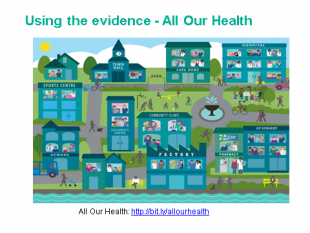
Professionals, including health visitors and general practice nurses, can download the resources; visit All Our Health and use the infographics, take the opportunity to share the resources and start a conversation about breast feeding.
Breastfeeding is one of the 6 High Impact Areas outlined within the 4-5-6 model for health visiting services. The High Impact Area 3 Breastfeeding can be used by practitioners and commissioners to support evidence based interventions based on local need. PHE published an Infant Feeding Commissioning toolkit in partnership with Unicef to support the commissioning of interventions to improve breastfeeding rates across England. Through this, local authorities and their partners are encouraged to provide a comprehensive universal service with access to specialist support when needed.
The most important thing we can do is to listen to women. Parents gave us some feedback and insight into their experiences of the health visiting service and breastfeeding support in an extensive face to face qualitative survey last year (we talked to literally hundreds of parents!).
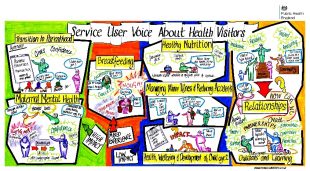
They told us they wanted lots of information, they wanted all the evidence, the good reasons to choose breastfeeding; they wanted support to learn the skills and get through any ups and downs of learning to breastfeed with their baby; they wanted ready access to help when things got tricky; support and advice about returning to work, their rights and tips for the change of pace that breastfeeding whilst working brings. These parents were conscious of how some parts of our communities and society view breastfeeding, particularly breastfeeding when out and about, and they looked to the professionals and other skilled helpers, such as peer supporters to help them navigate those difficulties.
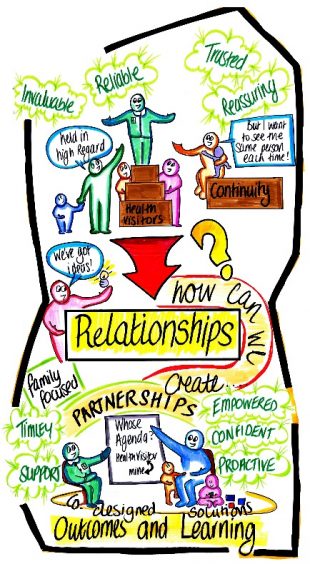
Most of all they told us to work in partnership with them to dismantle the barriers and obstacles so that all women will be free to choose to breastfeed for as long as they wish, making choices that are right for them, right for their baby and right for their families……. Let’s get to it! #CelebrateBreastfeeding
Wendy Nicholson is Lead Nurse for Children, Young People and Families at Public Health England
